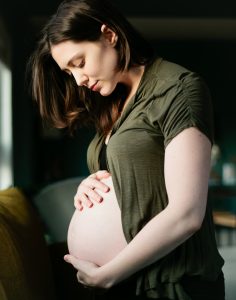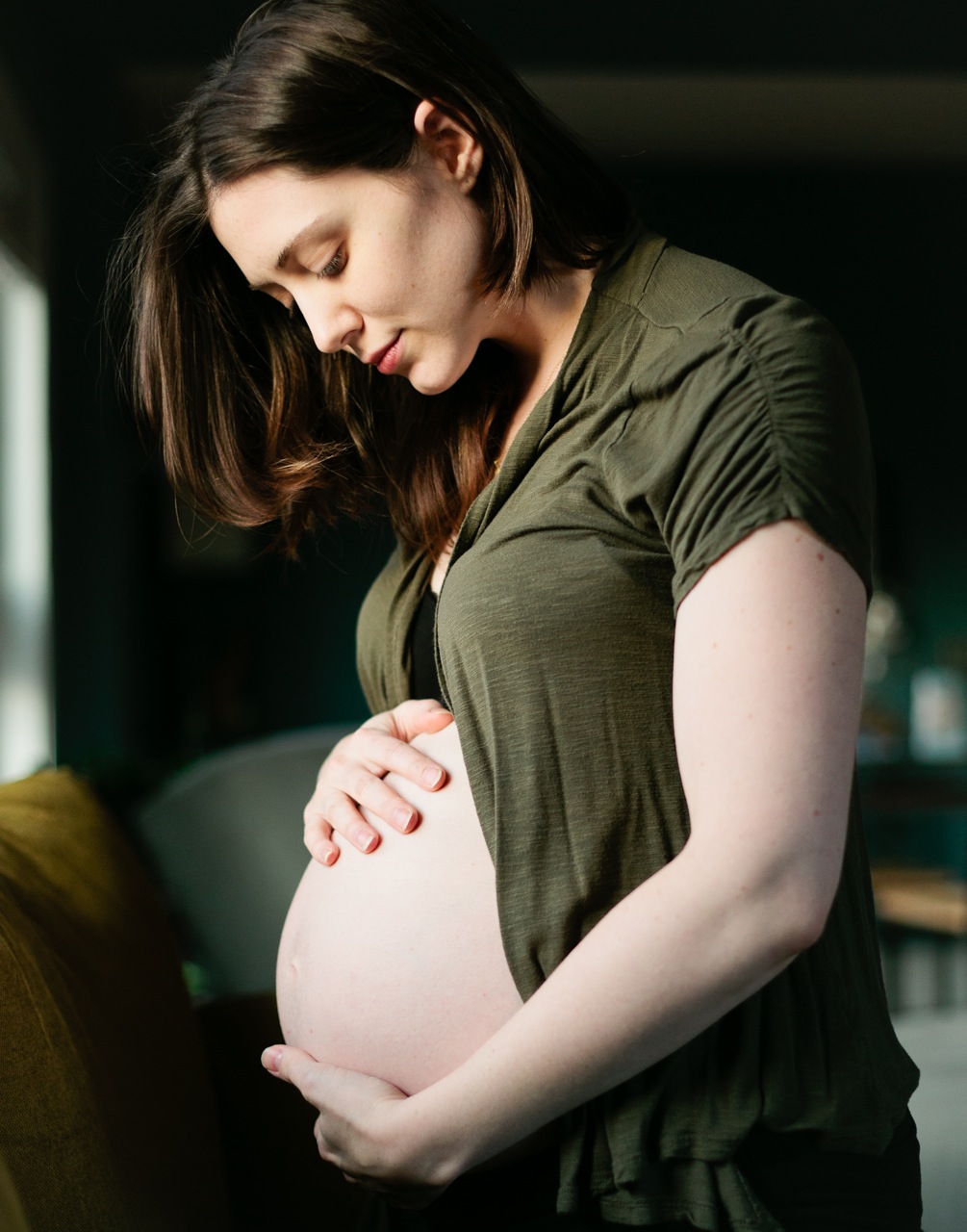A recently published study on planned home VBAC in the United States, the largest to date, may shed a little more light on the safety of home birth after a cesarean for parents who may be considering that option. The study is the second one on planned home births based on the MANA Stats 2.0 data set.
More and more women in the U.S. are faced with the denial of hospital-based maternity care for VBAC. According to a report by the Centers for Disease Control and Prevention, planned home VBACs have been increasing at the same time that hospital VBACs have been decreasing. Some women are choosing a home VBAC rather than having an unnecessary repeat cesarean or repeating a previously traumatic surgical birth. Mothers need as much information as possible to make an informed decision about where and with whom they want to give birth. 
Researchers compared outcomes for 1,052 women with a prior cesarean who planned a home birth with 12,092 women without a prior cesarean. All women were cared for by midwives. Here is what the study found:
- Mothers with a prior cesarean had a VBAC rate of 87 percent.
- Mothers with a prior cesarean who also had a previous vaginal birth had a success rate of 90.2%.
- Mothers who had a previous VBAC had the highest rate of success- 95.6%.
- Mothers with a prior cesarean had higher proportions of blood loss, maternal postpartum infections, uterine rupture, and neonatal intensive care unit admissions than those without a prior cesarean.
- More mothers with a prior cesarean needed to be transferred to a hospital compared with women without a prior cesarean (18% vs 7%). The most common indication for transfer was failure to progress.
- There were two confirmed uterine ruptures. The women were transferred to a hospital, had a cesarean, and both mother and baby went home three days later.
- There were more neonatal deaths (4.75/1,000) in the group that labored for a VBAC compared with multiparas (1.24/1,000) without a history of cesarean.
- Of the five neonatal deaths in the trial of labor group, three were unrelated to the fact that the mothers had a uterine scar. One was related to a planned VBAC for twins, one was the result of an undiagnosed breech with an entrapped head, and the third death was related to a cord prolapse.
- Two babies could not be resuscitated at birth and died at home. The researchers suggest that based on the heart tone patterns that the midwife was able to distinguish at home, the deaths were likely related to an undetected uterine rupture. They also observed that in both cases the progress of labor had stalled for a prolonged period of time. Both mothers had one prior cesarean.
The study authors were concerned that close to 25% of mothers with a prior cesarean did not have an ultrasound to determine the placenta site or the possibility of a placenta accreta, an increased risk for mothers with a prior cesarean. The researchers also cautioned that close monitoring of fetal heart tones during labor and birth was especially important.





These numbers are *incredibly optimistic* because 75% of the possible data are not included in this study. Just saying: women deserve to know that.
What do you mean? Can you explain?